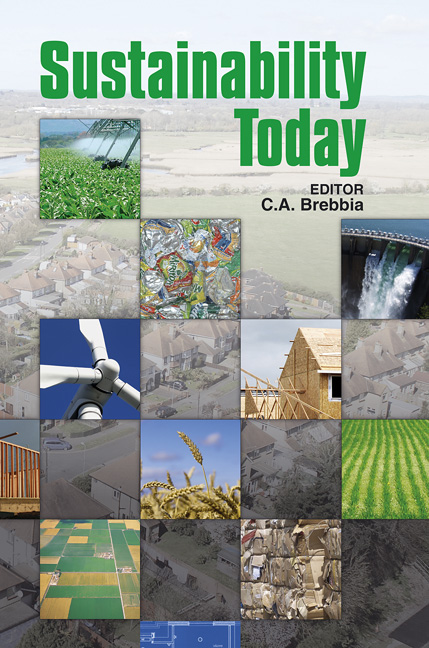Generating A New Image For Cultural Heritage: Model For Preserving The Typical Image Of The Traditional Turkish Coffeehouse
Price
Free (open access)
Transaction
Volume
167
Pages
10
Page Range
401 - 410
Published
2011
Size
3,351 kb
Paper DOI
10.2495/ST110361
Copyright
WIT Press
Author(s)
N. Ayalp & A. Müge Bozday
Abstract
The aim of the study is to create a model for a reusing a specific cultural setting. Traditional Turkish coffeehouses are selected as a traditional environment. The coffeehouse, which has been used in Turkey since the sixteenth century, is one of the most significant places in the country’s cultural heritage. Coffeehouses are one of the public spaces that represent the place identity of Turkish culture. During the Ottoman period, with their frequent use, people helped these places gain place identities. Moreover, not just the space but the ways in which people become socialized represent an intangible part of our cultural heritage. However, previous studies indicate that this cultural value has not been sufficiently transferred to the present day. This study identifies the traditional Turkish coffeehouse as contributing to both tangible and intangible cultural heritage and generates a model for interpreting the coffeehouse in terms of a contemporary place identity. In order to do this, the concept of place, place identity, and social identity is discussed. Turkish coffeehouses are analyzed to identify and their typical spatial elements. In the conclusion, a model for preserving the typical image of the traditional Turkish coffeehouse is presented. Keywords: traditional Turkish coffeehouses, place, place identity, social identity, typical elements in Turkish coffeehouses’ interiors.
Keywords
traditional Turkish coffeehouses, place, place identity, social identity, typical elements in Turkish coffeehouses’ interiors





